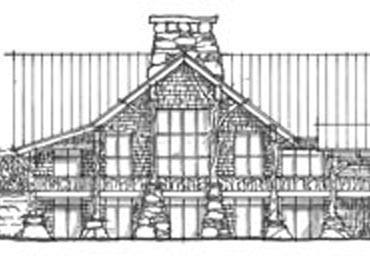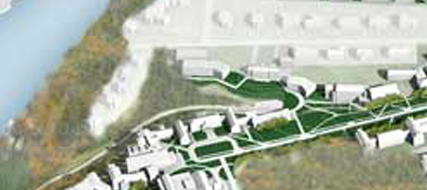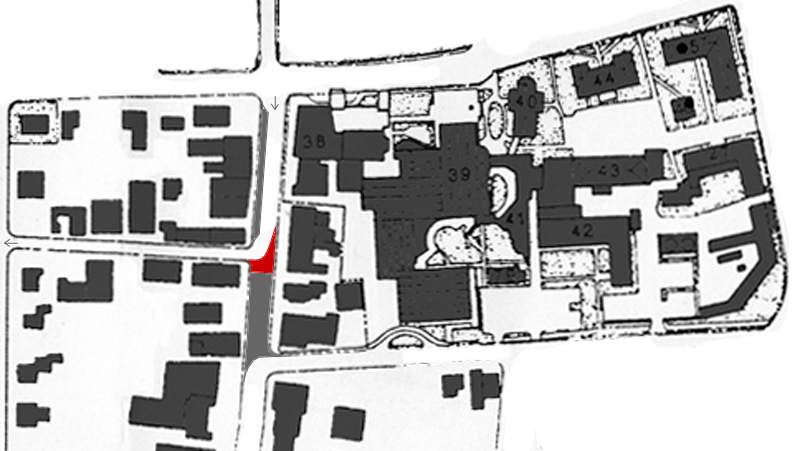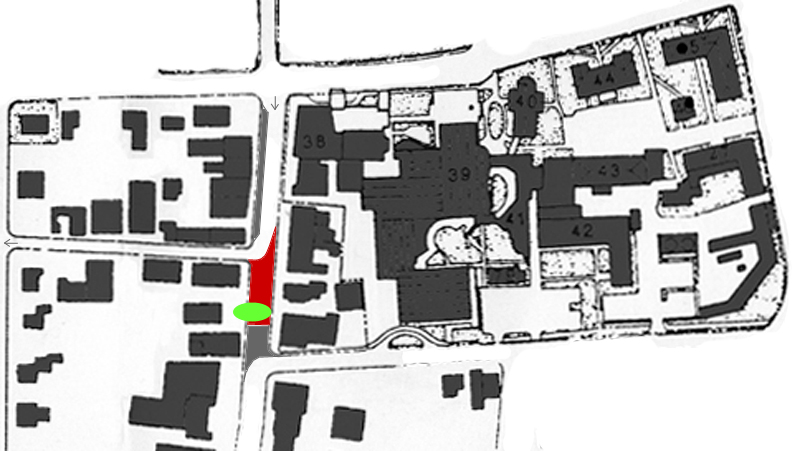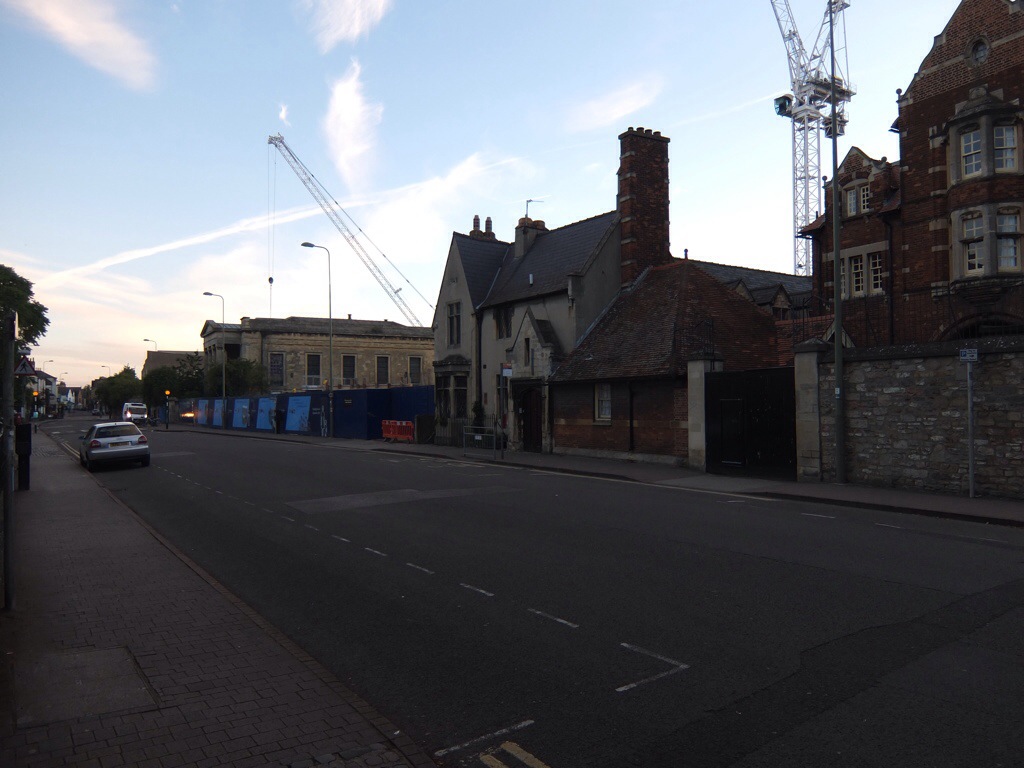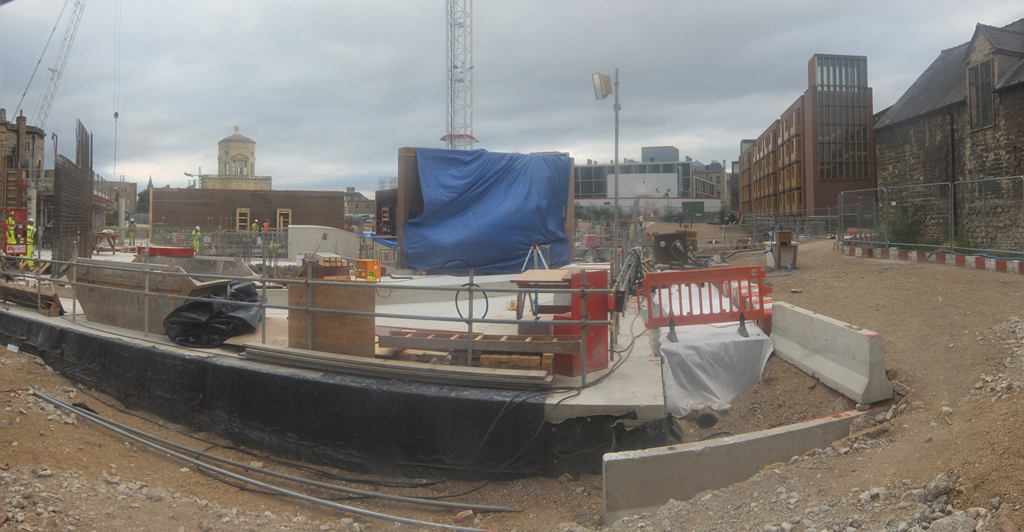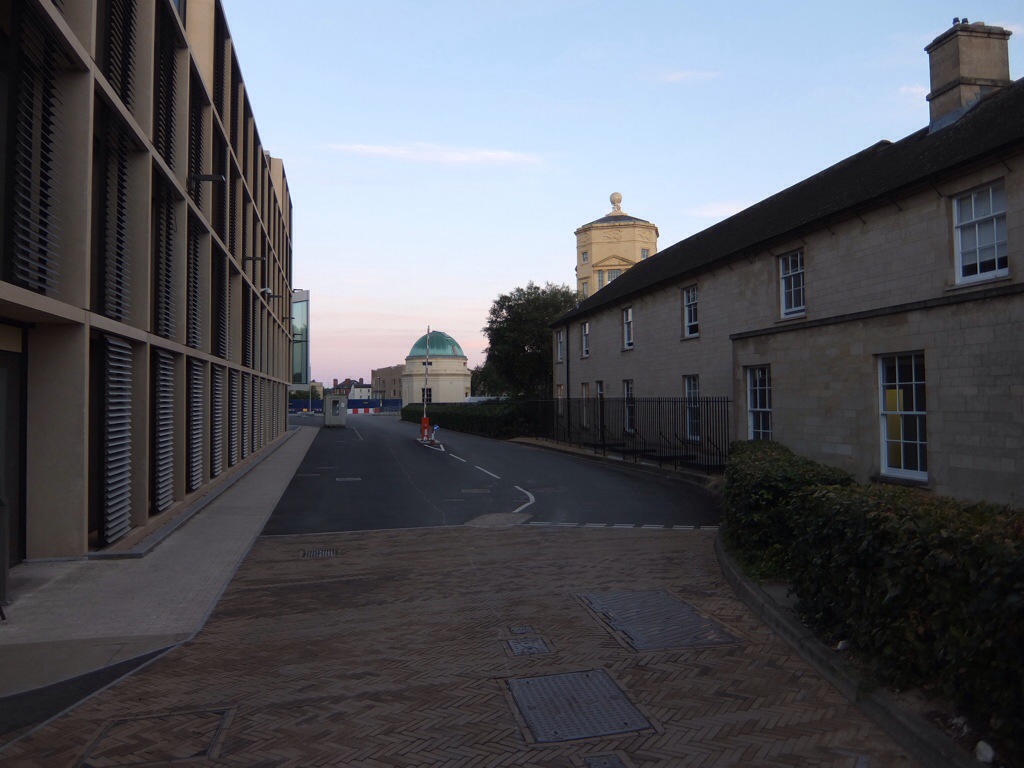-
The Town budget includes funding for construction of walk/bike path along Lyme Road to the Reservoir Road roundabout. The paved path will be separated from the road by a tree lawn (The Dartmouth).
-
Tri-Kap appears finally to be tackling its Fuller Audit improvements, planning to erect an addition designed by Domus Custom Builders (Zoning Board minutes 22 January 2015 pdf).
-
Earlier this year, the Hood Quarterly reported that work on the museum’s addition and renovation would begin during the Spring of 2016.1”Anonymous $10 Million Gift Will Transform Teaching at the Hood Museum of Art,” Hood Museum of Art Quarterly (Winter 2015), 10, available at http://hoodmuseum.dartmouth.edu/docs/2015webreadyquarterly.pdf. The college trustees met last week and approved a capital budget that includes $8.5 million “for completion of design and preconstruction activities for the Hood Museum of Art renewal and expansion project” (Dartmouth Now). The Hood project, by Tod Williams Billie Tsien, “is being coordinated with a Hopkins Center for the Arts planning study” by Boora Architects.
-
Also in the new capital budget (Dartmouth Now) are:
– Funds for the planning and design of a restoration project for Baker Tower.
– “$11.75 million for design and construction of facilities related to initial work on the configuration of new residential housing communities.” That is likely work by Sasaki Associates, with the funding presumably going to build something less than the total number of dining-hall additions, faculty houses, or other “neighborhood” improvements the firm is proposing.
– “$100,000 for planning and conceptual design for the Ledyard Canoe Club replacement project.” The growth of mold in the clubhouse has sealed its fate; the designer of the replacement has not been named.
– “$200,000 for schematic design for renovation of Moosilauke Ravine Lodge.” After Maclay Architects studied the feasibility of preserving or replacing the Lodge, it was not known which route the board would take. Maclay even sketched a design for a possible replacement. Now it seems that the Lodge is going to be preserved.
-
The Planner’s Blog mentions that there are more than 42 types of bollard on campus. Almost as impressive is the fact that all the bollards have been cataloged and are being evaluated in a critical way.
-
Dartmouth Now has a nice post on the Book Arts Workshop in Baker.2Hannah Silverstein, “Book Arts Workshop: Hands-On Learning, Global Reach,” Dartmouth Now (25 February 2015), at
http://now.dartmouth.edu/2015/02/book-arts-workshop-hands-on-learning-global-reach/. -
The feasibility study for that future Mass Row renovation was conducted a couple of years ago by Lawson Bell Architects.
-
Miller Chevrolet Cadillac, down on Route 120 not far from Fort Harry’s, has been sold, and its site is to be redeveloped:
Although Cicotte declined to identify the buyer, she said it wasn’t a hotel developer, Dartmouth College, or Hanover developer Jay Campion. The Miller Chevrolet Cadillac property, which is accessed on Labombard Road, is adjacent to the New Hampshire National Guard Armory on Heater Road. The property is also next to a planned hotel and conference center under review by Lebanon planning authorities, and near a natural gas depot under development by Campion.
One possible buyer mentioned is Dartmouth Coach, which has a facility on nearby Etna Road.
(Valley News). If I’m not mistaken, Miller is the dealership that eventually acquired Rodgers’ Garage, the REO/Packard/Chevrolet dealer on Lebanon Street where the VAC now stands.
-
That natural gas project is by Campion’s Valley Green Natural Gas, which plans to transfer gas from tanker trucks on Route 120 and then send it by pipeline to Hanover, particularly to Dartmouth (Valley News 18 May 2014, 4 November 2014). Dartmouth will finish analyzing a possible fuel switch this fall (Valley News).
—————————-
| ↑1 | ”Anonymous $10 Million Gift Will Transform Teaching at the Hood Museum of Art,” Hood Museum of Art Quarterly (Winter 2015), 10, available at http://hoodmuseum.dartmouth.edu/docs/2015webreadyquarterly.pdf. |
|---|---|
| ↑2 | Hannah Silverstein, “Book Arts Workshop: Hands-On Learning, Global Reach,” Dartmouth Now (25 February 2015), at http://now.dartmouth.edu/2015/02/book-arts-workshop-hands-on-learning-global-reach/. |

